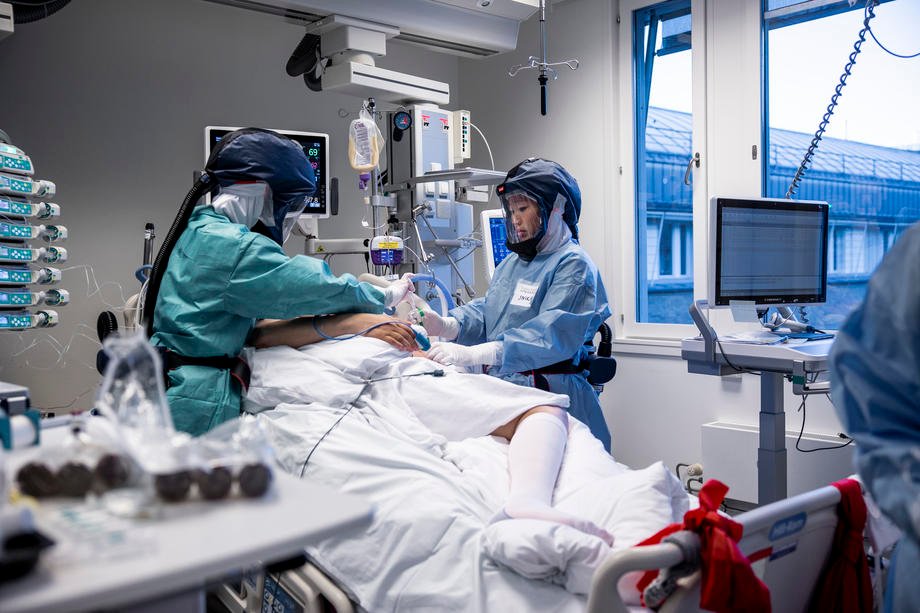By: Nina Žoher / Nova24tv
The European Center for Disease Prevention and Control (ECDC) estimates that Slovenia and Lithuania are among the countries in the European Union where the current situation in connection with the epidemic is very worrying, warned the epidemiologist doc. dr. Irena Grmek Košnik from the regional unit of the NIJZ in Kranj.
Yesterday, 1,440 PCR tests and 7,320 rapid antigen tests were performed. 285 new infections were confirmed by PCR tests yesterday, which means that the share of positive PCR tests was 19.8 percent. Today, 426 people are being treated in hospitals for COVID-19, of which 108 are in intensive care units. As many as 46 people were newly admitted to hospitals yesterday, and another 35 were admitted to hospitals on Saturday.
The number of occupied beds in our hospitals is still increasing, and the situation in hospitals is similar to that we last had in mid-May. On May 14th, 318 beds were occupied in ordinary wards, which is as many as today. Government spokeswoman Maja Bratuša emphasised that the situation in our hospitals began to improve faster after May 14th, which, unfortunately, we cannot expect in the current situation and according to current projections.
According to epidemiologist doc. dr. Irena Grmek Košnik, the World Health Organisation reported 230 million confirmed cases of infections and 4.7 million deaths by September 24th, 2021. According to experts, there is 2 to 3 times more deaths than reported. The epidemic covered enormous proportions across the continents by September 24th, 2021: 89 million infections in the United States, 69 million in Europe, 43 million in SE Asia, nearly 15.6 million in the Middle East, 8 million in the Western Pacific, and 6 million in Africa. During this period, the WHO reported 2.2 million deaths in the United States, 1.3 million in Europe, 672,000 in SE Asia, 144,000 in Africa, and 112,000 in the Western Pacific.
If we look at the 14-day number of confirmed cases per 100,000 inhabitants in Europe between weeks 36 and 37 this year and then a week later, we see that Europe is red. Slovenia is dark red on the map.
Slovenia is completely red
At 37 weeks, the situation is of low concern for the whole of Europe, but two countries stand out, which are marked as very worrying. Slovenia is also one of them. Five countries were classified as countries of high concern, seven countries as countries of medium concern and 16 countries as countries of low concern. According to Grmek Košnik, the most critical situation is in Lithuania. “Data from the tracker of 14-day number of confirmed cases show that the average number of cases in Slovenia is such that Slovenia is completely red,” she emphasised.
The delta version of the virus is more contagious and with a more difficult course, so to stop the spread of the virus it is necessary to vaccinate 70 percent of the population and more, she pointed out, adding that the course of the fourth wave is different due to vaccination and PCT conditions. “The Western EU is well vaccinated; the Eastern EU is worse. The United Kingdom, Denmark and Norway have already released all measures. All these countries have a vaccination coverage of 95 percent and more for the population over the age of 50.”
“There is no vaccine registered for the third dose yet. In Slovenia, we recommended the 3rd dose to immunocompromised persons and chronic patients in August,” she pointed out, adding that the recommended interval between the basic vaccination and the 3rd dose is six months. “mRNA vaccine is recommended”. At a given moment, she said, we must strictly follow the measures and get vaccinated to ensure the sustainability of the health care system.

